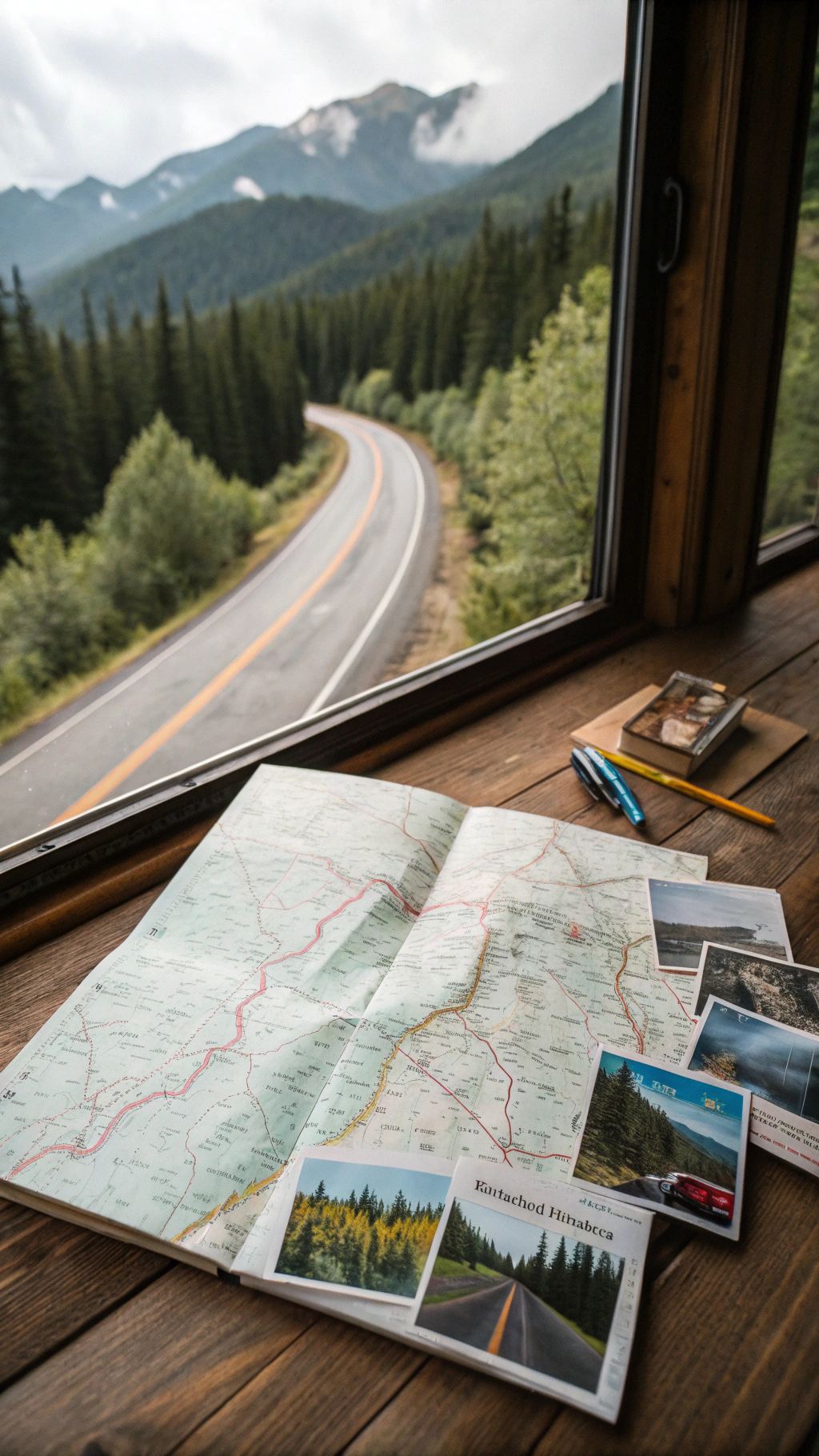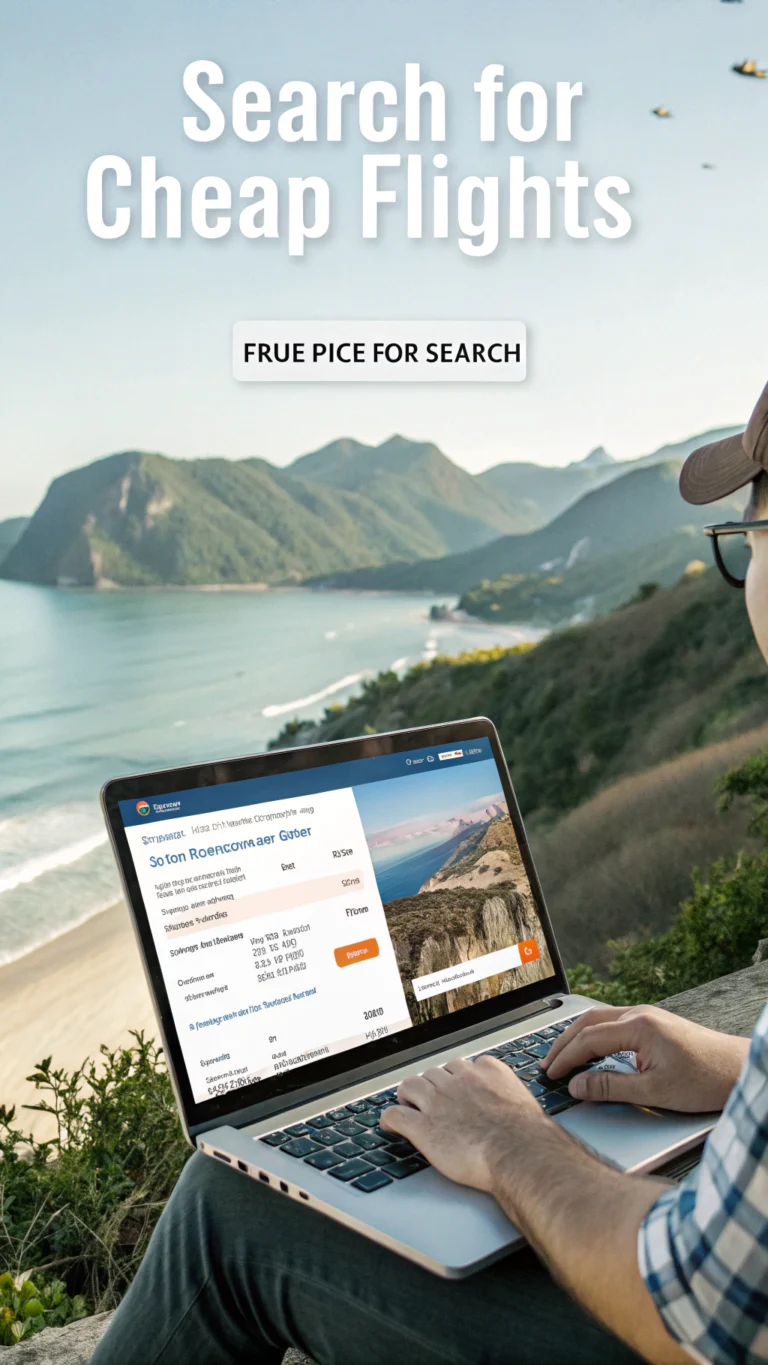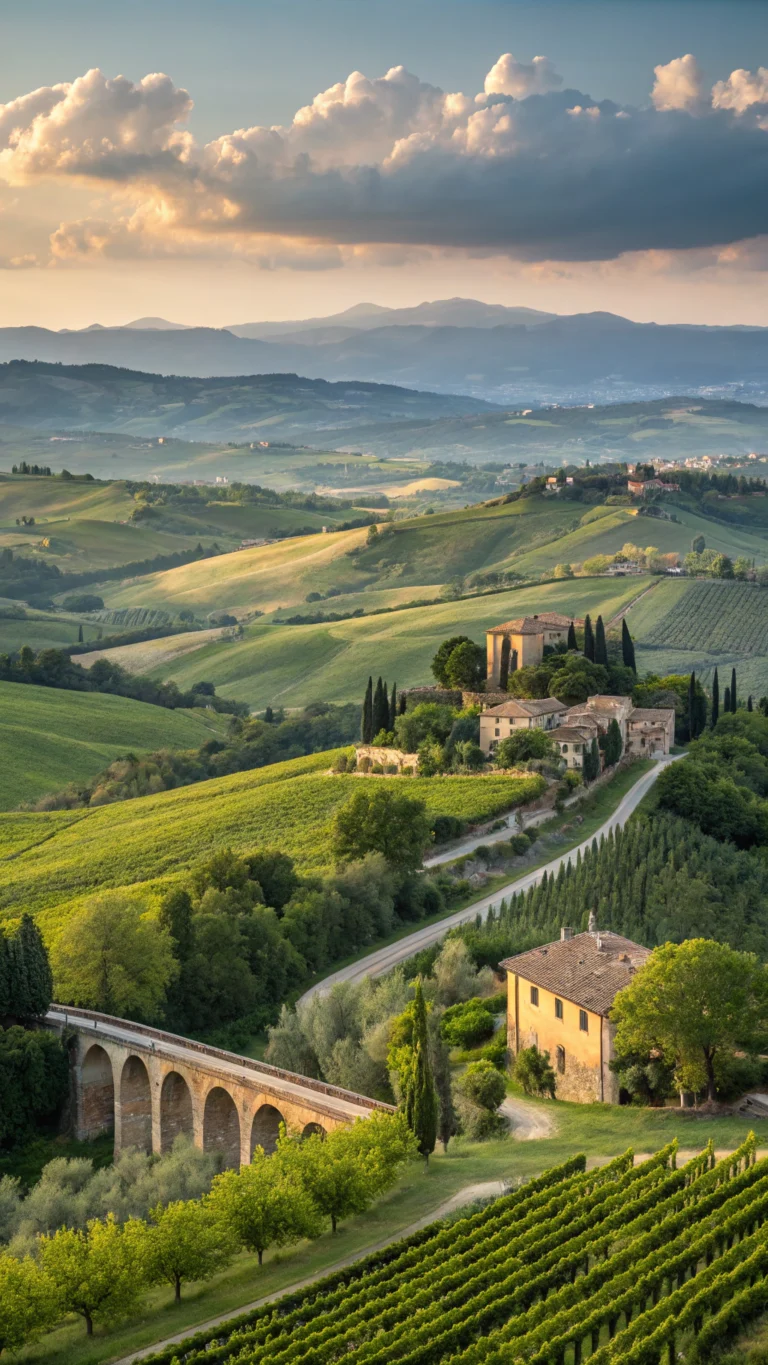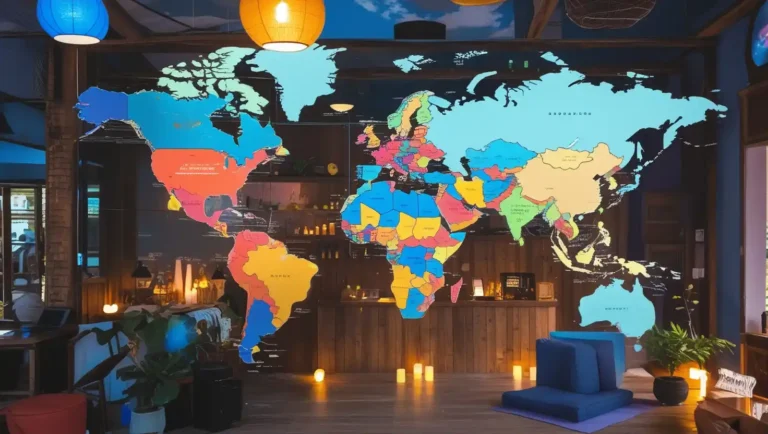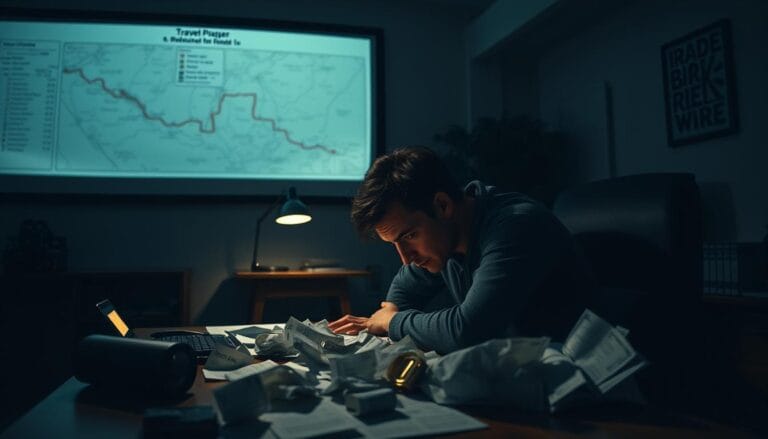Road Trip Planner: 7 Essential Tips for Your Best Adventure Yet
Table of Contents
Introduction
Less than 30% of Americans actually take the time to carefully plan their route, despite the fact that 80% of them favor road trips over other forms of travel. An adventure of a lifetime or a stressful catastrophe might be determined by a carefully considered road trip planner. The ideal road trip blends spontaneity with thoughtful planning, whether your vision is of desert landscapes, mountain ranges, or coastal roadways. Let’s examine how to craft a memorable trip using these seven crucial planning suggestions that seasoned travelers rely on.
The Art of Road Trip Planning
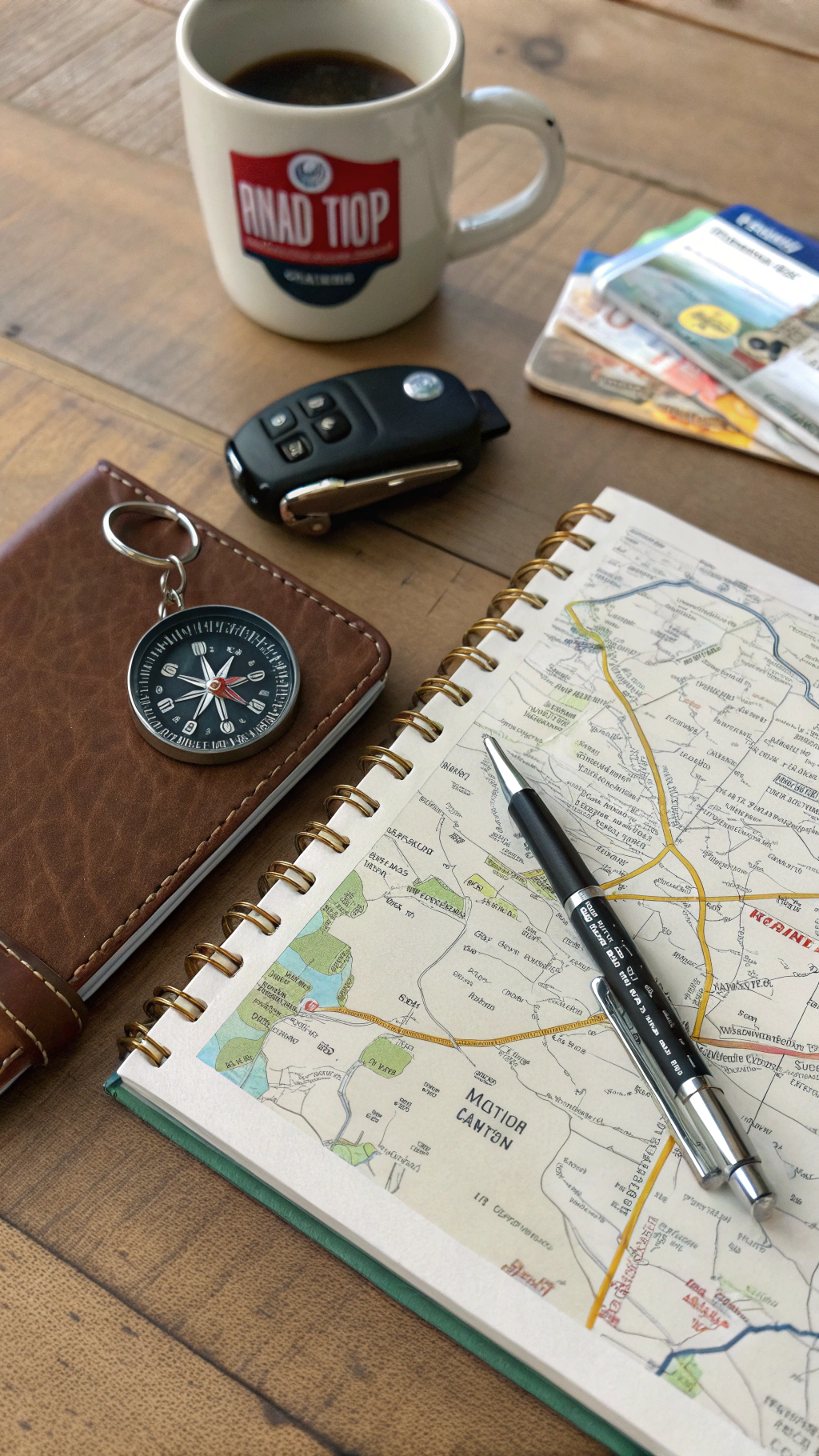
The spirit of adventure that has long characterized American culture is embodied by road trips. The appeal of the open road never ceases to enthrall us, from Jack Kerouac’s “On the Road” to contemporary Instagram travel enthusiasts. The best road trip planner views the route as the primary attraction, not merely the final destination.
Each region has a different ideal time of year for road trips. Although popular routes get busy, the summer months (June to August) offer longer daylight hours and generally pleasant weather across the country. With fewer tourists, spring (April–May) and fall (September–October) offer breathtaking seasonal colors. Winter road journeys reward adventurers with snow-covered scenery and solitude, but they also need additional planning.
Creating Your Perfect Road Trip Itinerary
A well-structured itinerary balances planned activities with room for spontaneous detours. Here’s how to craft one that works:
3-Day Weekend Getaway
- Day 1: Depart early (saves up to 2 hours in traffic), reach first major destination by afternoon
- Day 2: Explore local attractions, plan no more than 3 major stops
- Day 3: Take scenic route home, allowing time for unexpected discoveries
7-Day Regional Exploration
- Days 1-2: Cover longer distances (250-300 miles daily)
- Days 3-5: Shorter drives (under 150 miles) with more exploration time
- Days 6-7: Leisurely return journey with overnight stays in unique locations
Pro tip: Plan to drive no more than 5-6 hours per day to avoid fatigue and allow time for unexpected discoveries that often become trip highlights.
Must-See Road Trip Routes
America offers countless iconic drives. These consistently rank among travelers’ favorites:
- Pacific Coast Highway (California) – 655 miles of stunning coastal views
- Blue Ridge Parkway (Virginia/North Carolina) – 469 miles of mountain splendor with 200+ scenic overlooks
- Route 66 (Chicago to Santa Monica) – 2,448 miles of historic Americana
- Going-to-the-Sun Road (Montana) – 50 miles of spectacular glacier views
Using a comprehensive road trip planner to map these routes in advance helps identify key stopping points and photo opportunities.
Where to Stay
Accommodation planning requires balance between certainty and flexibility:
Pre-book Options:
- Hotels/Motels: Reliable standards but less character
- Vacation Rentals: More space and amenities, perfect for multi-night stays
- Campgrounds: Budget-friendly but require reservations in peak seasons (70% of national park campgrounds fill 3+ months ahead)
Flexible Options:
- Last-minute booking apps: Save up to 40% on same-day hotel reservations
- Dispersed camping: Available in many national forests with proper permits
- Roadside motels: Often have availability when franchised hotels are full
Budget travelers should consider alternating between camping and hotels to balance comfort with costs.
Food & Local Cuisine
A memorable road trip includes culinary discoveries:
- Research regional specialties in advance (lobster rolls in Maine, BBQ in Texas, etc.)
- Use apps like Roadfood or Yelp to find authentic local eateries
- Pack a cooler for picnics and snacks between destinations
- Visit farmers’ markets to stock up on local produce and artisanal products
For dietary restrictions:
- Vegans/Vegetarians: HappyCow app locates plant-based options nationwide
- Gluten-free: Find Me Gluten Free app identifies safe eating establishments
- Kosher/Halal: Zabihah app maps appropriate dining options
Travel Tips & Essentials
Your road trip planner should include these practical considerations:
- Vehicle Preparation: Schedule maintenance check 1-2 weeks before departure
- Navigation: Download offline maps for areas with poor cell coverage
- Emergency Kit: Include first aid supplies, flashlight, blanket, and basic tools
- Entertainment: Create collaborative playlists, download podcasts, prepare road games
- Connectivity: Invest in a car charger and portable power bank
Common Mistakes to Avoid
Experienced road trippers recognize these potential pitfalls:
- Overambitious itineraries: The #1 mistake – plan for 60% of what seems realistic
- Ignoring vehicle needs: Check fluid levels every 2-3 days during extended trips
- Driving drowsy: Take a break every 2 hours and switch drivers regularly
- Neglecting reservations: Popular destinations may require bookings 4-6 months in advance
- Missing local experiences: Balance tourist hotspots with authentic local recommendations
Budget Breakdown
The average 7-day road trip costs approximately:
- Gas: $250-500 (depending on vehicle and distance)
- Accommodations: $700-1,400 ($100-200/night)
- Food: $350-700 ($50-100/day)
- Activities/Attractions: $200-500
- Miscellaneous: $100-200
Save money by:
- Packing picnic lunches (saves $15-25 per person daily)
- Using gas price comparison apps (saves up to 40¢ per gallon)
- Booking accommodations midweek (saves 15-30% on average)
Final Thoughts
The ideal road vacation blends careful preparation with receptivity to unforeseen experiences. These seven crucial pointers will help your road trip planner steer you in the direction of life-changing experiences while assisting you in avoiding typical mistakes. The American road trip continues to be one of the best ways to learn about the nation and about yourself.
Keep in mind that occasionally the most memorable experiences occur when you take an unforeseen detour or find a hidden treasure that isn’t listed in any travel guides. Plan your next journey right now!
FAQs
How long should my road trip be planned?
Start preparing three to six months in advance for summer vacations to well-known locations. 1-2 months is usually enough for less-traveled or off-season routes.
Which apps are necessary for organizing a road trip?
For thorough trip planning, tourists frequently choose Roadtrippers, GasBuddy, iExit, HotelTonight, and AllTrails.
How should a car trip with little children be organized?
Make stops every one to two hours, plan shorter driving days (no more than four hours), and look into kid-friendly activities along the way. Stow fresh toys and activities in a special entertainment pack that will be unveiled along the way.
How should unforeseen weather or road closures be handled?
Maintain a backup plan at all times, check the state of the roads every day, and include one or two flexible buffer days in your itinerary for lengthier journeys.
How can I locate unusual, off-the-beaten-path encounters along my path?
To find hidden gems outside the typical sites, visit small town visitor centers, connect with people through social media groups, and use apps like Atlas Obscura.

